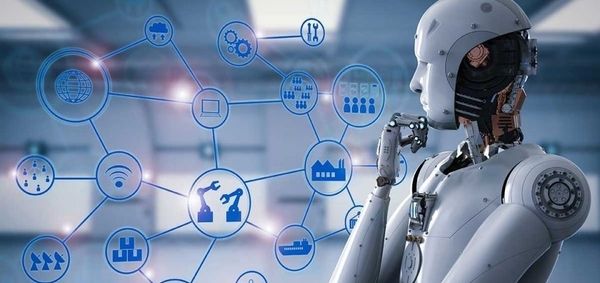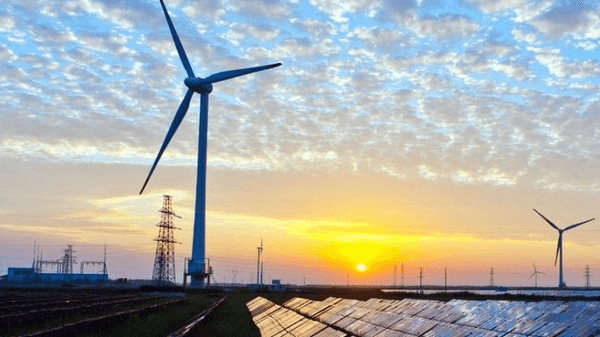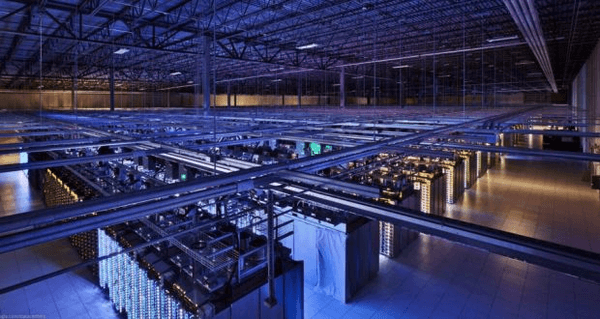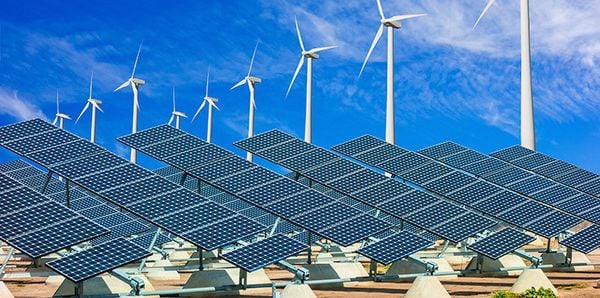Achieve Your Goals This Year with Colocation America
March 28, 2019
Beyond Chatbots: How Artificial Intelligence Can Humanize the Customer Experience
April 3, 2019A typical data center is defined as a part within a building, a building itself or a cluster of buildings dedicated to housing computer systems, storage systems, telecommunication systems, and all other associated components. Given the digitization of industries and IT operations, becoming more and more critical for business continuity, data centers have become that much more critical component for organizations.
So critical is this function that all data centers are usually equipped with backup component and infrastructures, to ensure there is no interruption in data capturing in a data center.
Always in need for power supply, these rooms are typically provided with a plan A and plan B for power supply, and sometimes, even plan C, with automatic change-overs and other switches to ensure continuity of power supply.
These backups are either in the form of an alternative power line from a different distributor or as batteries in a UPS or even larger diesel operated generator sets. So large is the power consumption by these data centers that in some cases the power bills could go larger than even the initial setup cost.
To operate an industrial-style large data center, it is believed to require power that could have powered an entire small town; one can only imagine how much power gets used up worldwide to power all the data centers around.
Present Data Center Energy Consumption
Typical power draws concerning operating a data center could be anywhere between a few kW for a few racks of servers to even several tens of MW for larger, industrial-style data centers. So high is the dependency of these data centers on the power supply that this is one of the significant operating costs for operating any data center and could go as high as 10 percent of the overall cost for the operations.
Statistics show that while the total power consumption by all the data centers world over was around 328 Bn kWh and increased to 416 TWh by 2016, nearly 40 percent more than the consumption of power by the entire UK, put together. These numbers are only growing as the years are progressing. Power consumption by the data centers is due to two activities running simultaneously- power needed to run the machines regularly and the energy required to cool the machines down as well.
The Impact on the Environment – Carbon Emissions Concerns
Courtesy the power consumption Data Centers, Information and communications technology center accounted for almost 2 percent of total global Carbon Emission footprint with over 14 percent contribution from data centers alone.

An 18 month long investigation by experts from Rice University’s Baker Institute for public policy and the Institute for Sustainable and Applied Info-dynamics in Singapore, even went to the extent of predicting that, given the importance of data centers growing exponentially and the demand for power ever increasing, the data centers related emissions would actually more than triple by 2020.
The Need for Renewable Energy in Data Centers
While it is well known that power is the lifeline for any data center to operate smoothly, given the global outcry on greenhouse effect and carbon footprints and given that the prices of grid power are only rising upwards with no sign of any setoff in the near future, it is time to relook at renewable energy sources as an alternative option for these data centers.
With demand for grid power for powering houses, a sustainable data center, in the long run, can only be set up by carefully choosing the location of the set up such that one is also able to tap into renewable energy sources like a solar panel or a windmill powered energy source. With focus back on renewable energy sources, the world is once again looking at green energy as being most cost-effective.
The following are the most commonly used renewable energy sources today:
Solar Power: Power generated by using the Sun’s heat and light and converting them into alternative energy sources which could be used to power various establishments is called solar power. Usually, photovoltaic cells are used to capture and convert solar energy into power. One of the most natural resource to obtain and available in abundance, today, with the emphasis on energy efficiency and greenhouse catching up, has become one of the major sources for power needs.
Wind Power: Another of the cleanest energy sources, wind power is generated by using wind turbines to turn the generator turbines to generate electricity. A little less popular in comparison to solar power, this energy requires large spaces of open areas where there is plenty of wind power to turn the turbines. This source is any day better than the burning of fossil fuels to generate electricity. With the possibility to set up the farms on land as well as offshore, the possibilities are plenty.
Advantages of Using Alternative Power Sources for Data Centers

With the constant increase in the need for power and a simultaneous increase in the cost for obtaining the energy from the regular power grid, it is a no-brainer for data centers to switch over to alternative power sources. Alongside the additional benefits; some of these are listed below:
- These power sources are environment-friendly
- Very stable cost overall in comparison to the extreme volatility of power generated through fossil fuels.
- Non Polluting power: With the focus on environment growing stronger every day, it is a good bragging right for these cost centers for businesses.
- Help reduce other carbon footprints as well with increased production credit
- Has an initial investment cost, but operational cost after that is negligible
- Conserving environment through corporate social responsibility
Given the demand for a greener environment and the ever increasing cost of continuing to operate a business using regular power grids, it is high time that data centers, one of the biggest culprits across the globe for energy consumption to give back to the environment and society and switch over to green energy.
There are companies like Iron Mountain who have already taken the first steps towards this initiative, realizing the importance of green energy and acquired Ringer Hill wind farm to help towards this cause. Not only were they socially responsible, but this step also allowed them to lock in their power cost for a fairly long duration of time as well. With the need for data centers only set to increase, it is time to increase the adoption of solar power as well for their power needs.

